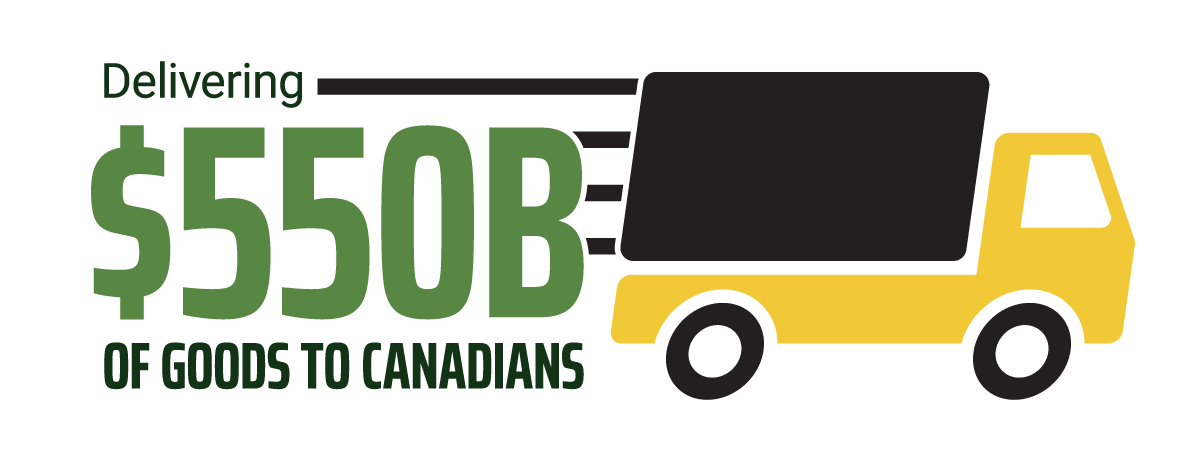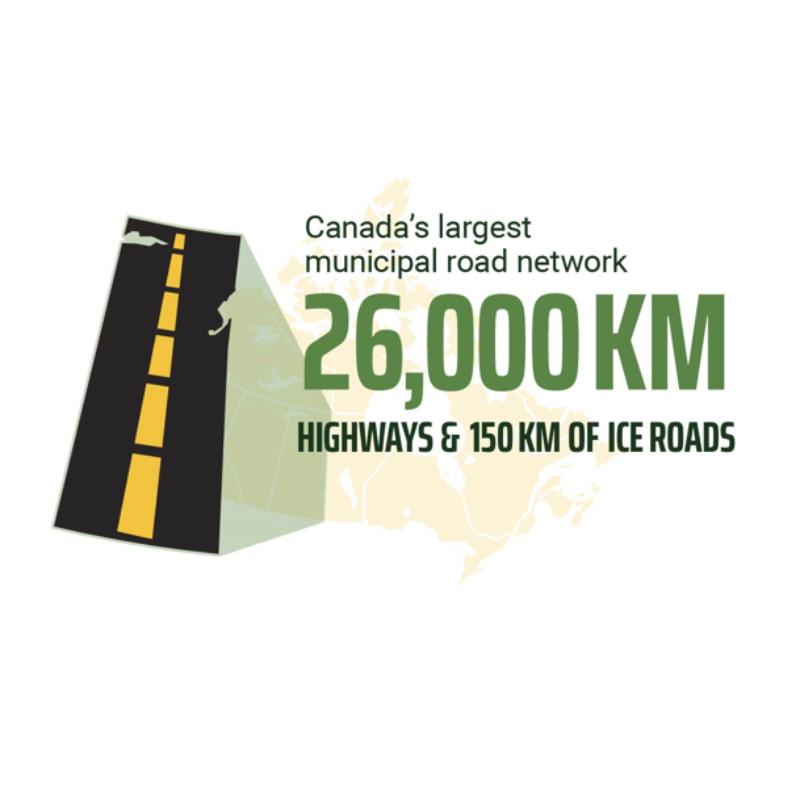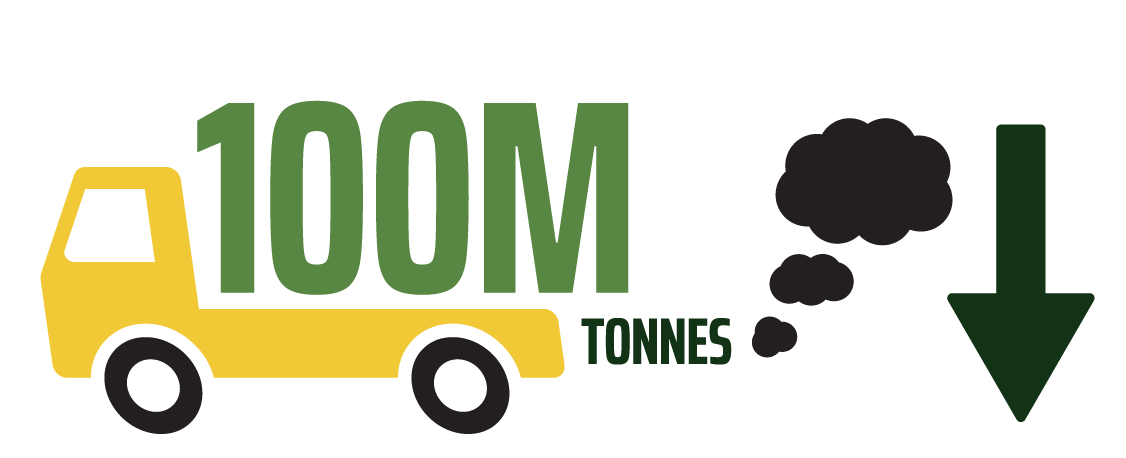
Our Industry
The trucking industry plays an indispensable role in the lives of all, often going unnoticed. It touches every aspect of our daily routines, from the fuel in our vehicles to the food on our tables, all delivered by this essential industry.
We Are Trucking

In our landlocked province, the trucking industry facilitates our imports and exports and contributes to the employment of around 5% of Saskatchewan's population. Nationwide, trucking sustains millions of jobs, with thousands of trucking companies operating in our province and beyond, transporting a diverse range of products, from agricultural goods to everyday necessities like food, clothing, electronics, and pet supplies.
The Economy

Saskatchewan’s landlocked economy boasts the largest municipal road networks in the nation, spanning more than 26,000 km of highways, including approximately 150 km of ice roads. Within this vast network, there are diverse road surfaces, with nearly 9,000 km of asphalt pavements, almost 5,000 km of granular pavements, nearly 7,000 km of thin membrane surfaces, and over 5,600 km of gravel highways.
The province's export-focused economy heavily relies on truck transport, with the industry accounting for 4.57% of Saskatchewan's GDP in 2021. Additionally, the trucking and logistics sector underpins nine other critical infrastructure sectors, including energy and utilities, information and communication technology, finance, health, food, water, safety, government, and manufacturing, connecting consumers, businesses, and international markets vital to our economy.
Nationally, the sector made up 3.8% of GDP ($72 billion) in 2020. As a result of the COVID-19 pandemic, this figure declined by 20.4%; however, the annual growth rate of GDP in the transportation sector over the previous 5 years (3.4%) exceeded that of the entire economy (2.3%).
The Environment

Between 2005 and 2019, Canada ranked 10th globally in terms of total greenhouse gas emissions, while also standing out with the highest emissions per capita among the top 10 emitting countries and regions, with rates approximately 3 times the global average. In 2020, the transport sector, encompassing air, rail, marine, and road transport, was considered the second-largest source of greenhouse gas emissions in the country, contributing to around 24% of total emissions. Of this 24%, freight transportation represented 10%, underscoring the significance that emissions reduction within this sector to achieve the commitment of a 40-45% reduction in greenhouse gases by 2030.
The transportation industry, however, has reduced emissions prior to the introduction of these targets, with trucks substantially reducing smog-producing emissions from their engines by employing cutting-edge technology to monitor fuel consumption and optimize efficiency. Despite this, however, the Government of Canada has committed to mandating that all medium and heavy-duty vehicle (MHDV) sales be zero-emissions by 2040. The availability of these technologies and supporting infrastructure is limited, presenting serious adoption issues for our industry. Consequently, there is a need to concentrate efforts on educating the industry about how these targets will impact their operations and the changes companies will need to undergo in order to transition to these technologies.
Join us in creating a welcoming & successful environment.
Diversity, Equity, and Inclusion
We are now offering a self-paced program helping to foster an inclusive workplace, boost team morale, and improve company performance by embracing diverse perspectives and promoting equity.
Driver of the Month
Zoran Gjurichanin | December 2025

Congratulations to Zoran Gjurichanin with Federated Co-operative Limited who is the STA Professional Driver of the Month for December 2025!

Federated Co-operative Limited






